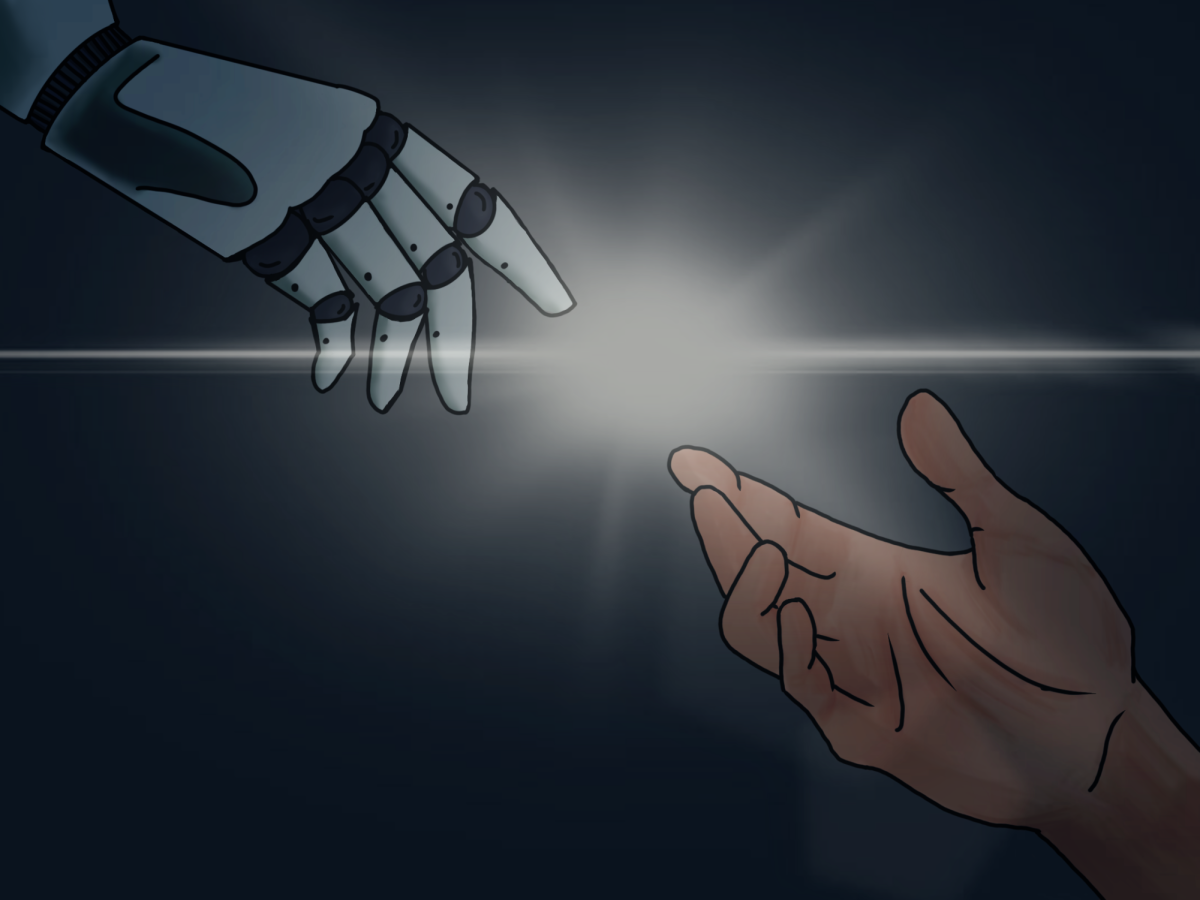In a virtual realm of intellectual ascension, a recruitment test for highly intellectual individuals conceals itself within a digital labyrinth overflowing with enigmatic riddles and clues. A promise of enlightenment awaits those talented enough to transcend this ‘sacred pilgrimage’ through effort, skill, and hard work. In 2012, a viral post online on a consumer forum site “4chan” from user “Cicada 3301” began a wild goose chase and became widely regarded as the hardest puzzle on the internet.
The contents of this post consisted of a series of puzzles that became increasingly difficult as the solver fell deeper into the rabbit hole. The similarity between every single question was that, without fail, each question tested the users ability to code. A helpful hint to begin this seemingly wild goose chase was located within the origins of the test. There was a hidden photo in the hint which was meant to be decoded to reveal a steganography, which would be critical to solve upcoming riddles. This would only be found after the seemingly inconspicuous image was downloaded on the user’s computer. Other puzzles consisted of decoding different web pages and emails and finding a few specific lines of code, with no particular meaning, buried within thousands of lines of meaningful code. These short phrases were then isolated and uploaded onto the steganography application in order to find the next clue. Finally, after countless puzzles, an email would be sent to the current leaders in the race which had them find specific coordinates under the guise of multiplying three prime numbers and adding a “.com”. The coordinates would lead to posters with QR codes, and were found all around the world. This led the participants to believe that the original user, Cicada 3301, was a powerful organization spread throughout the world, harboring relations with government agencies such as CIA, MI6, and the NSA.
The challenge was far from over, however, since there were many other creepy and mysterious references to literature, the most notable of which being “Agrippa” which translates to the book of the dead. Interestingly, a separate reference was “Representative Man” by Ralph Waldo Emerson, which is a collection of seven lectures by Emerson discussing the gender role played by the “great man” in society. This revealed that the organization had individuals with different skill sets and shared philosophies. After someone had bested the supposedly impossible quiz, all the runner ups received an email emphasizing Cicada’s needs for “leaders, not followers,” therefore rendering their achievements as useless since they weren’t first.
Marcus Wanner, a Virginian coder, solved the puzzle as a 15 year old, and took nearly a year to do so. After a partial component of the email that was sent to him was leaked, confirming that Cicada 3301 was not an individual, but in fact an international group whose purpose was to recruit intelligent humans through similar tests, Marcus came out and revealed that he was asked questions about their support of information freedom, online privacy and freedom, and rejection of censorship. His words further support the theory that the group has a shared philosophy. Furthermore, in the email, the group condemned illegal hackers who disregarded public privacy online. The public theorizes that this email may have been leaked to the public on purpose; to insinuate that the group has no connections to any illegal activity or US federal agencies. The group’s belief was to guard peoples’ privacy, and the US government and illegal hackers both break that belief. This mysterious group was never heard from again, and had left in the same way it had come- in a flash.








































